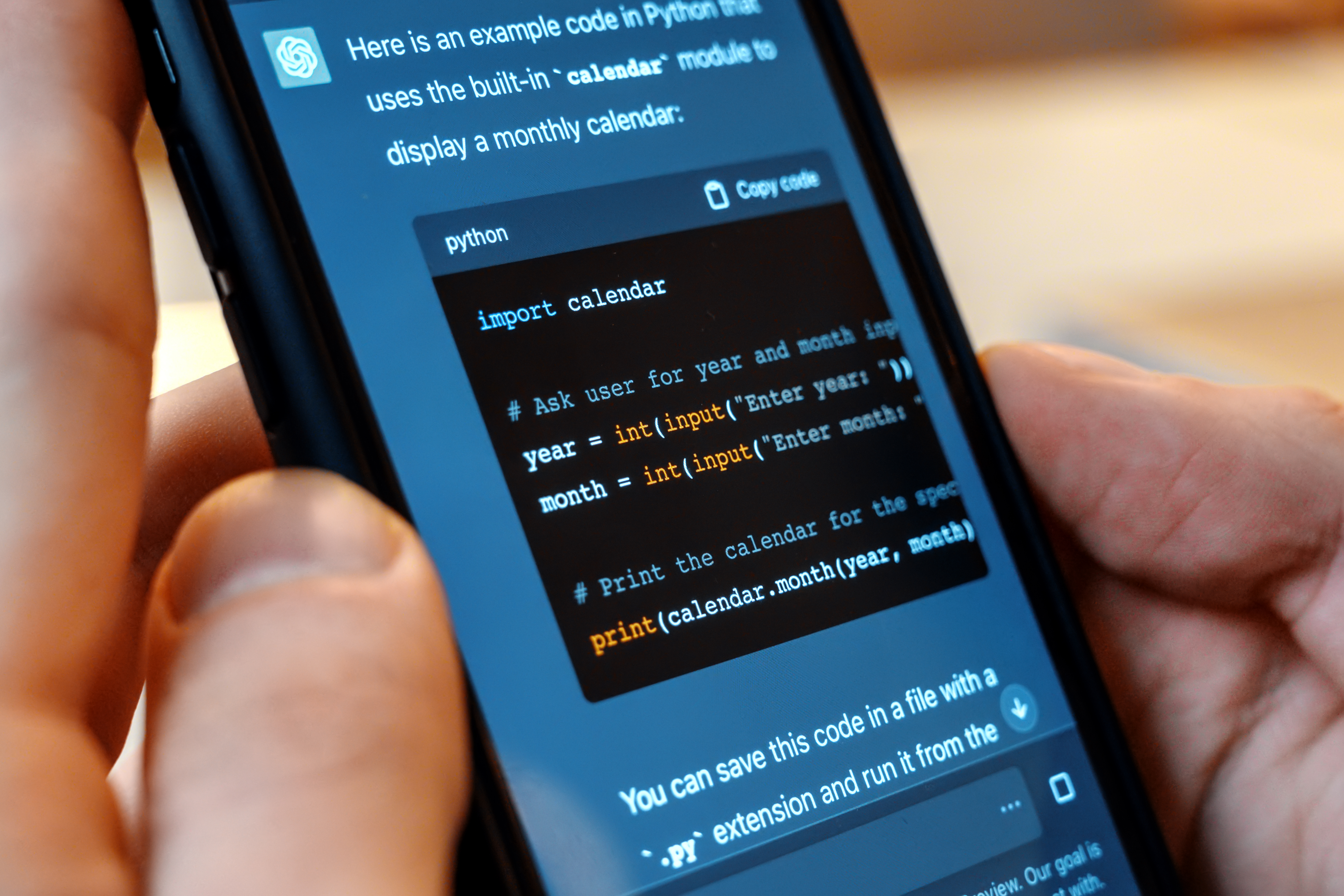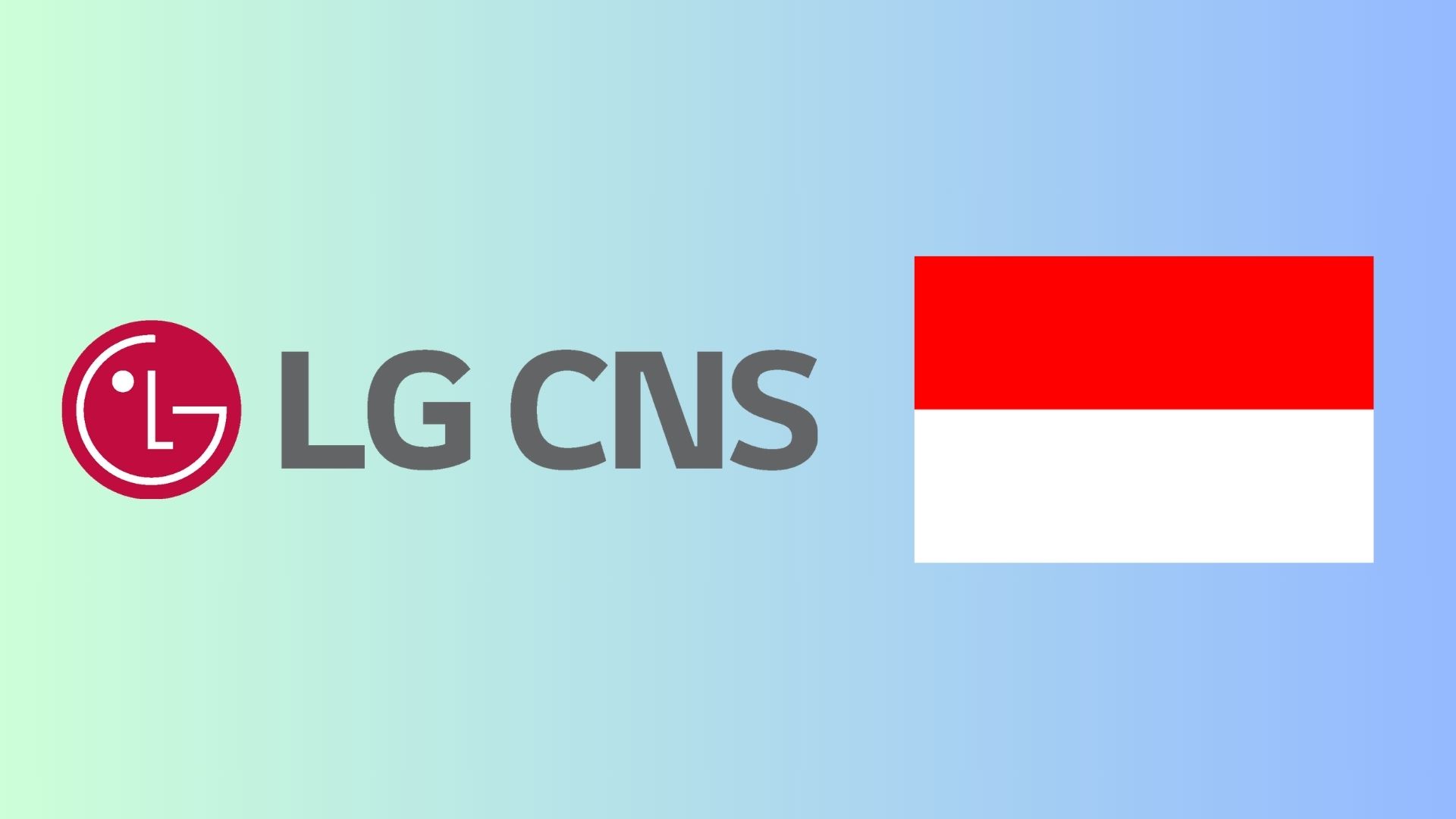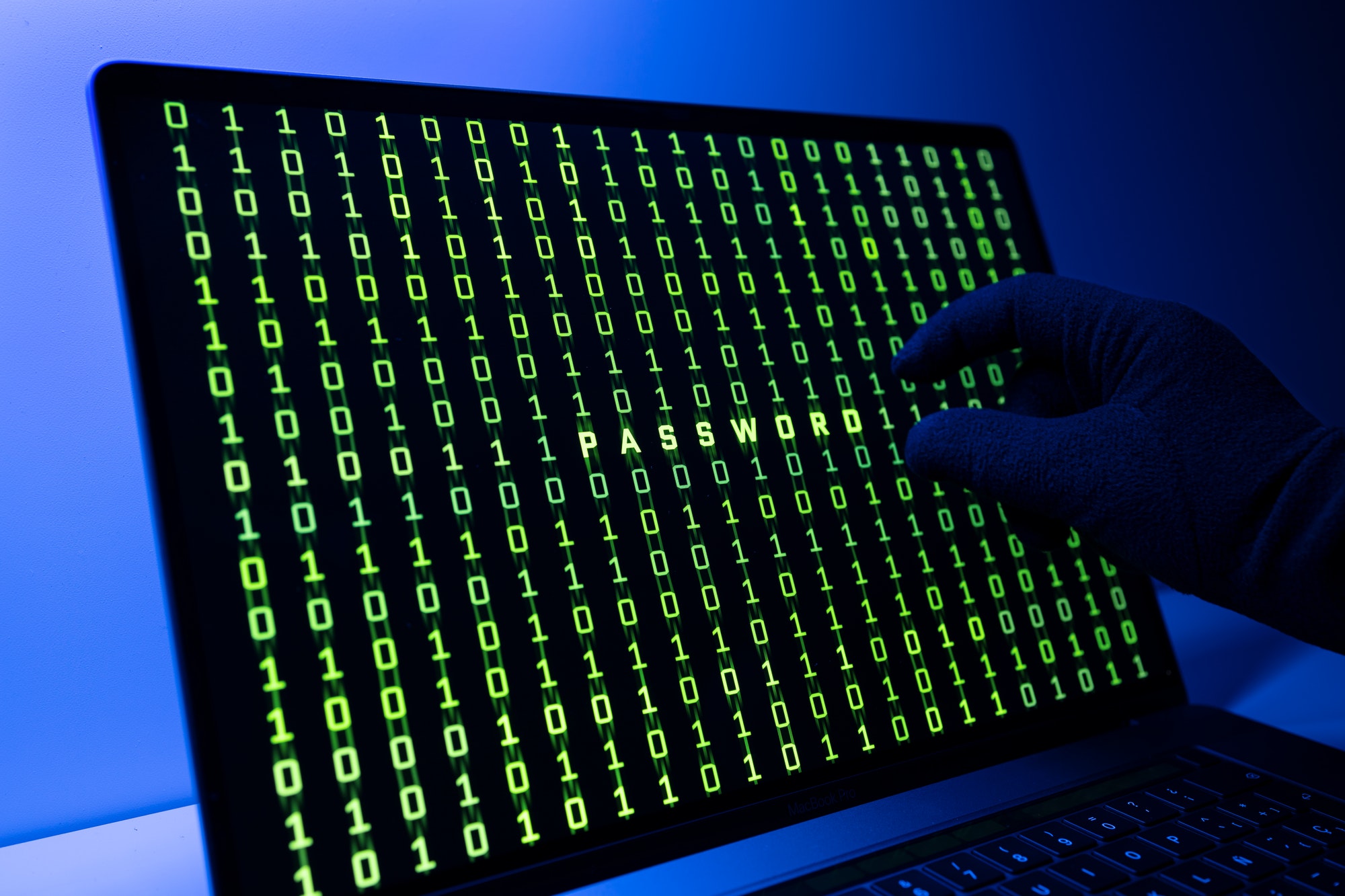A sweeping cyberattack has compromised the federal court filing system across multiple US states, exposing sensitive case data and informant identities. The breach affects core systems used by legal professionals and the public.
Sources say the Administrative Office of the US Courts first realised the scale of the hack in early July, with authorities still assessing the damage. Nation-state-linked actors or organised crime are suspected.
Critical systems like CM/ECF and PACER were impacted, raising fears over sealed indictments, search warrants and cooperation records now exposed. A dozen dockets were reportedly tampered with in at least one district.
Calls to modernise the ageing court infrastructure have intensified, with officials warning of rising cyber threats and the urgent need for system replacements.
Would you like to learn more about AI, tech and digital diplomacy? If so, ask our Diplo chatbot!










